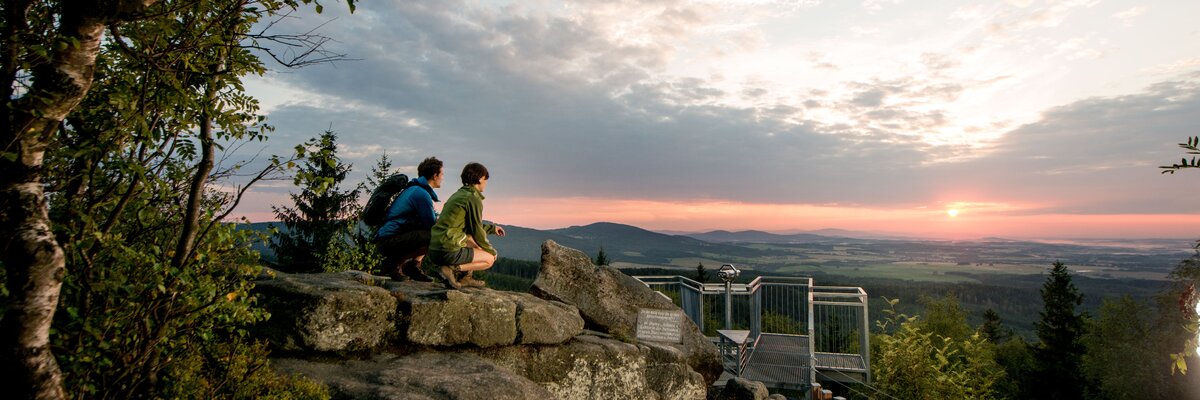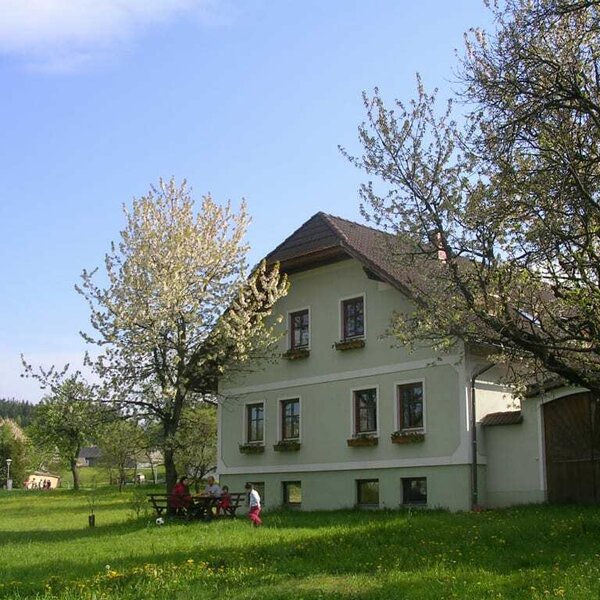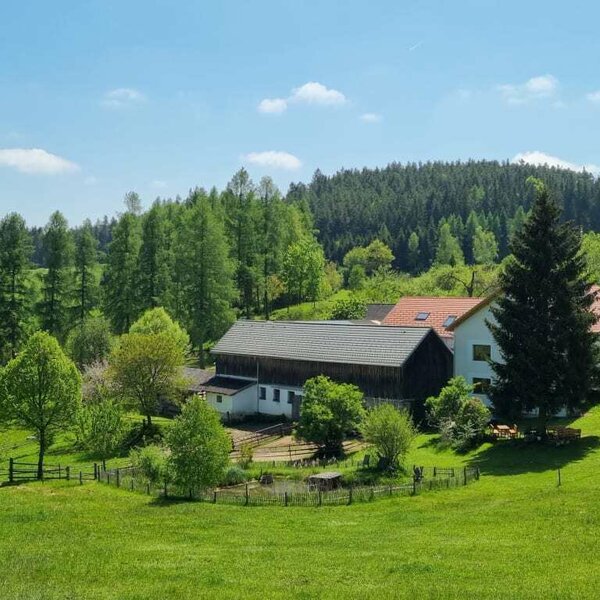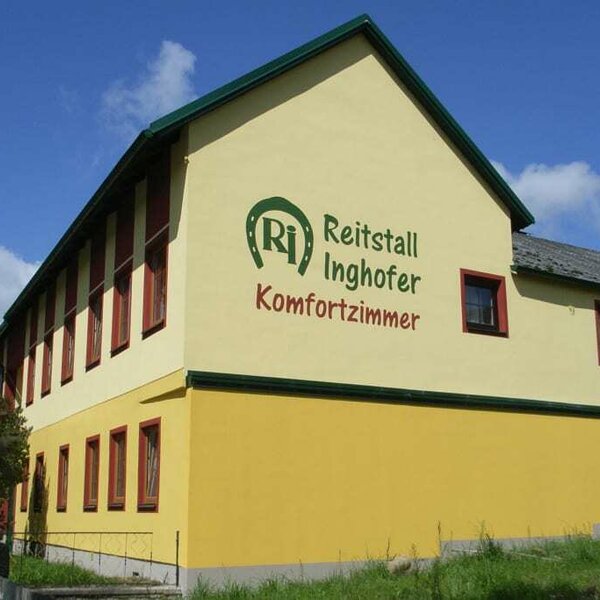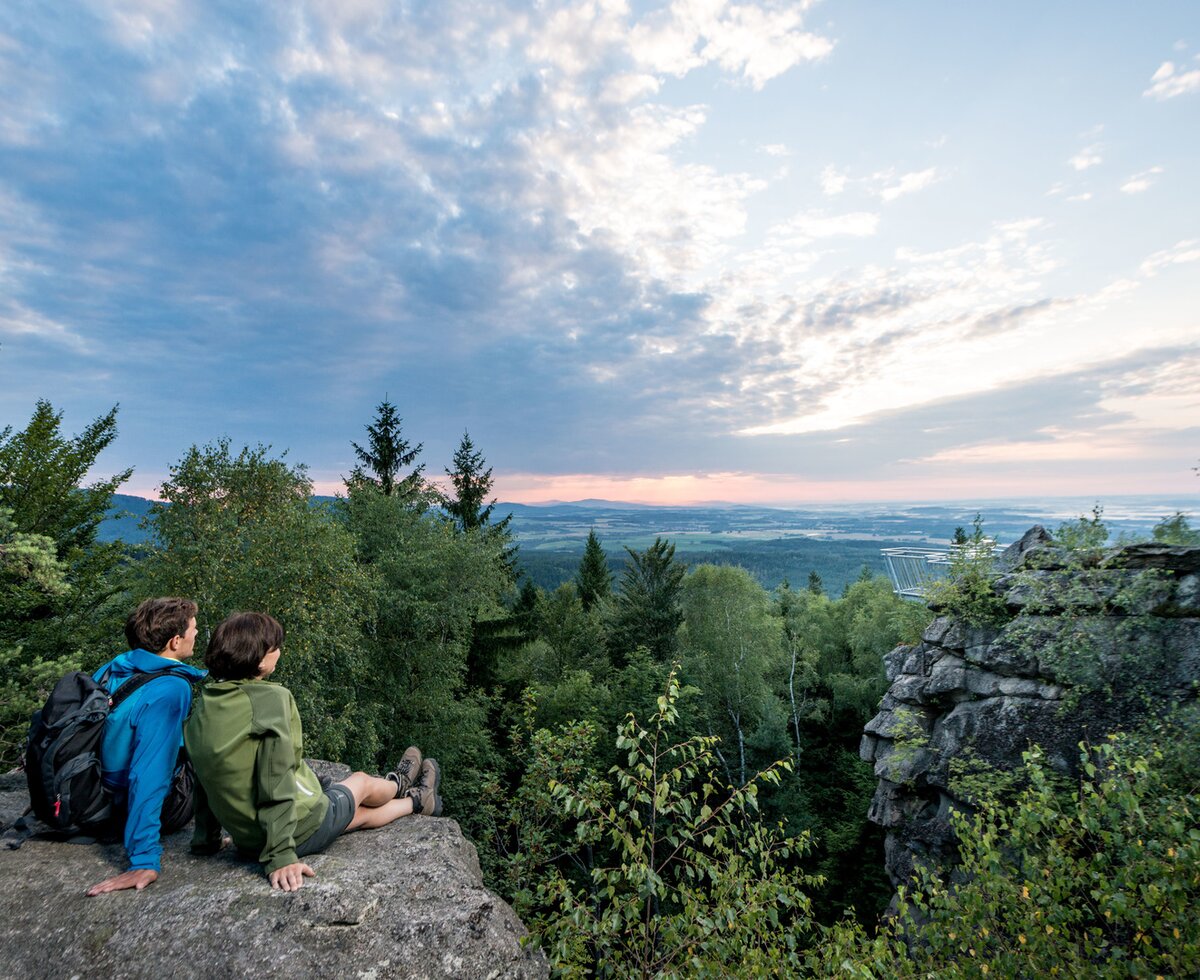Waldviertel Region The Far North
Take a deep breath. Let it all go. Relax. There’s no better place to fully unwind than the Waldviertel region. It still feels authentic here, in a region that has kept its unique identity and individual traditions. Feel the wind in your hair while you’re exploring the countryside in the north. Immerse yourself in a different world as you walk past wet moorlands, red poppy fields and evergreen forests. Large granite boulders, gnarly trees and a top water quality are the ideal prerequisites for a day out swimming. Rent a pedal boat, cruise the reservoir of a fjord-like shape and discover secluded bays. Time seems to stand still here.
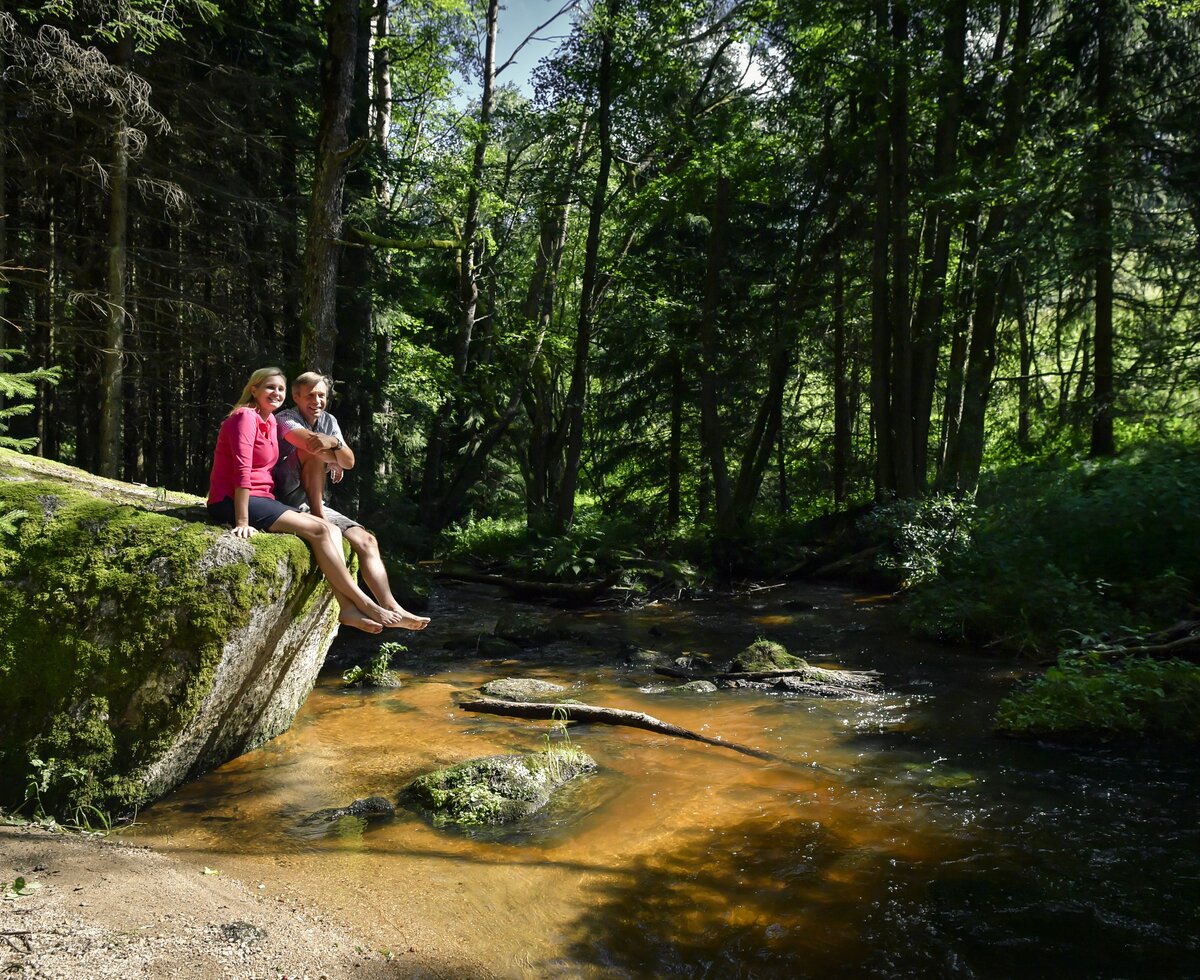
Surrounded by Forests
The Waldviertel region is located in the north-west of Lower Austria. The Danube river is the natural border in the south, the state border with the Czech Republic delimits the region in the north. As the name suggests (“Waldviertel” literally translates to “forest quarter”), the region is covered with large forests. The area of woodland between Krems and Litschau, Horn and Weitra, is 191,000 hectares. These vasts forests are not only of economic significance for the Waldviertel region. Visitors seeking rest and tranquility, hikers and country walkers, cyclists and nature lovers find everything they need for a perfectly relaxing holiday.
Large forests and lots of water bodies are characteristic of the landscape here. 1,800 ponds are scattered all across the region. The Ottenstein, Dobra and Thurnberg Reservoirs along the course of the river Kamp are popular destinations for outdoor activities. The Ottenstein Reservoir was even voted “Most Beautiful Place in Lower Austria” in 2019.
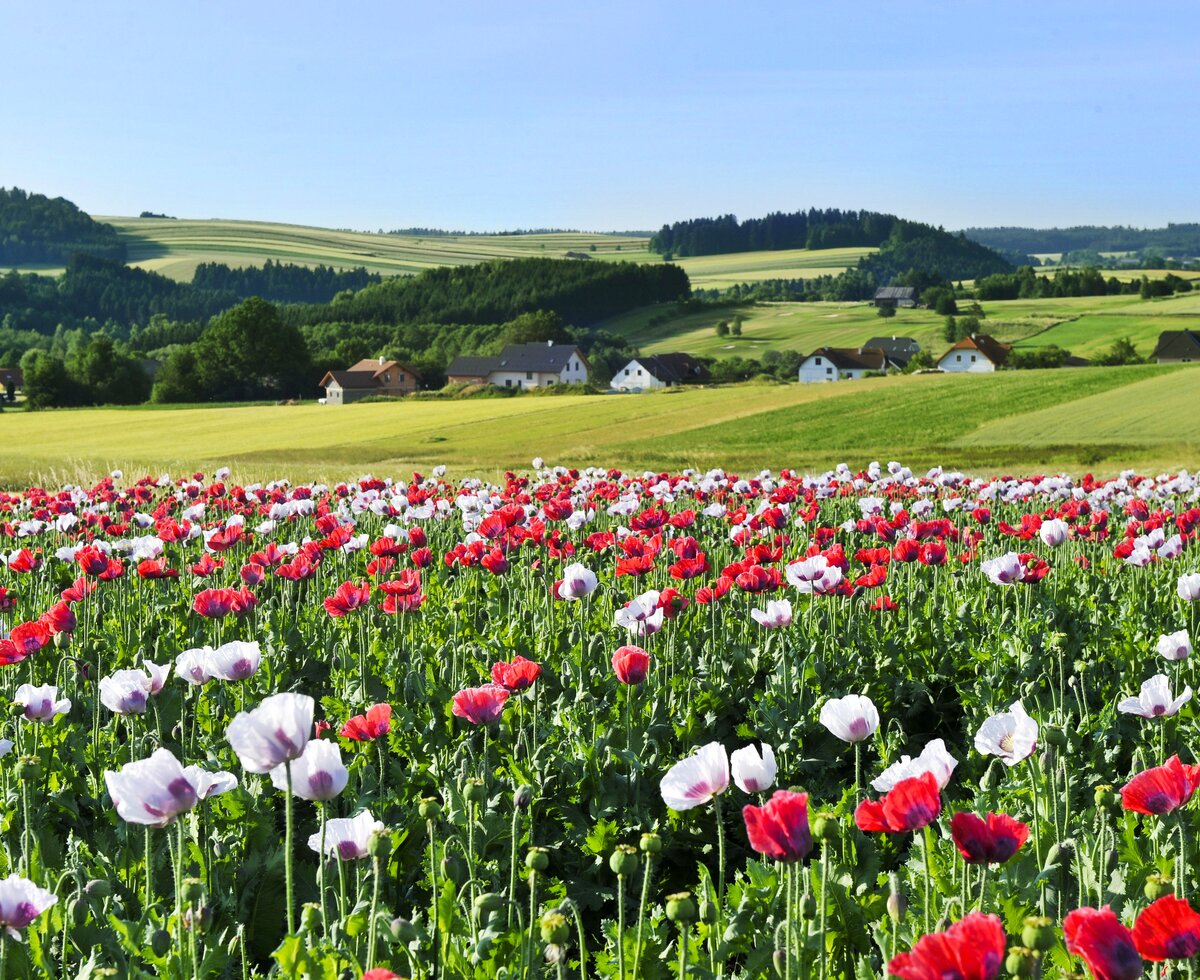
Poppy as Far as the Eye Can See
The Waldviertel region is particularly beautiful at the beginning of July when the countryside turns white, violet and red with flowering poppies. Summer is delightful here thanks to the mild, bracing climate. Guests appreciate the warm days and chilly nights.
You can explore places of outstanding natural beauty until the middle or end of October. Hikers and country walkers will find low peaks and long-distance trails, cyclists can look forward to well signposted cycle routes. Discover fortresses, abbeys, castles and towns with historic town walls.

Winter in the Waldviertel Region
Cross-country skiing, ice fishing in the Ottenstein Reservoir, going on winter walks, enjoying the winter sun and hiking with alpacas or donkeys are only some of the winter activities here. Join the best chefs of the region for a cooking class (“Häferlgucker Kochkurse”). Or learn more about traditional craftsmanship in a workshop organised during the “Waldviertler Handwerkswochen”. Sit behind the workbench, follow the instructions of a master and create your very own masterpiece.
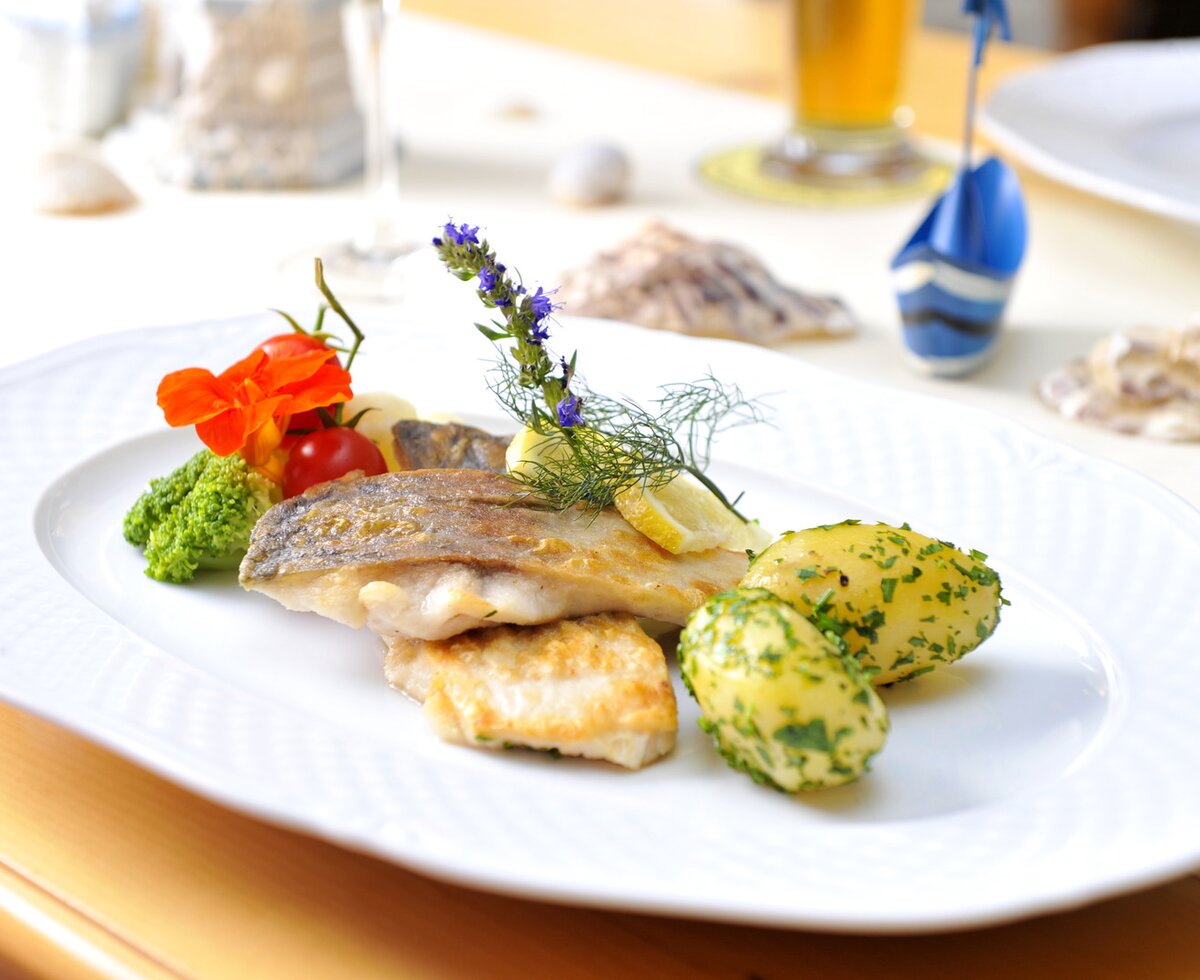
The Waldviertel Region Tastes Like This
Where there’s water, there’s fish! In the Waldviertel region, carp is the most popular fish. It’s raised in fish ponds. In most cases, the production is organic. Carp is a must on almost every menu. A classic dish: poppy seed coated carp.
Potato salad goes very well with it. Of course, made with locally grown potatoes. That’s another culinary delicacy that the Waldviertel region is famous for. Here, in the granite highlands, the climate is ideal for growing them. It’s a very special climate here, mild and bracing. There are more delicacies that grow here in abundance:
hop plants (for a nice refreshing glass of beer with some locally sourced carp), damson (a small, round stone fruit with a yellowish-green skin, a subspecies of the plum tree just like greengages) and, of course, poppy seeds! Grey poppy seeds, to be more precise. This special food from the Waldviertel region is protected within the framework of the European designation of origin (PDO). The local chefs turn them into delectable sweet treats: “Mohnnudeln” (gnocchi with poppy seeds), “Mohnzelten” (poppy seed pie made with potato pastry) and plenty of other traditional dishes.
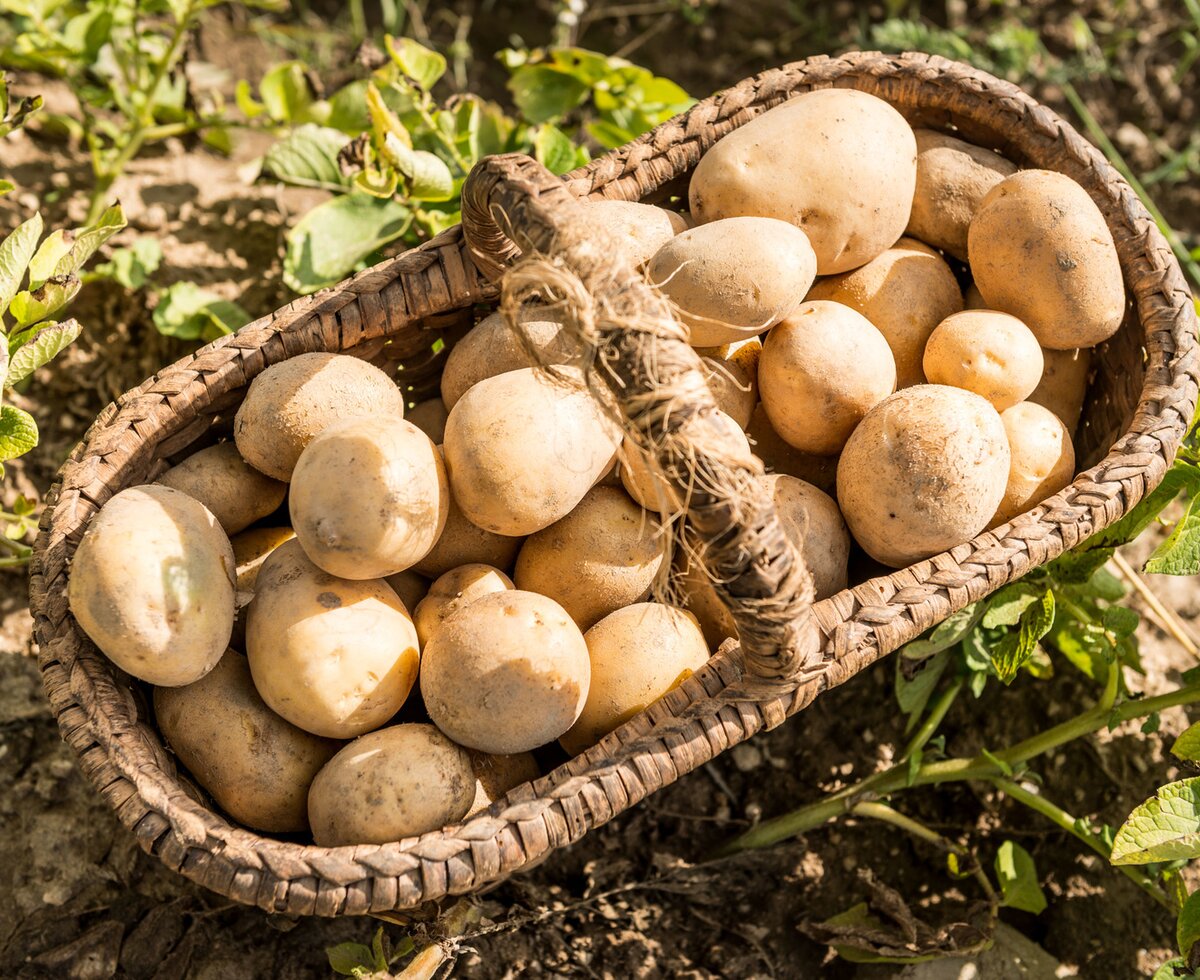
Language Guide
Would you like to talk like the locals? There’s one basic rule: Omit unnecessary letters. What the rest of Austria calls “Erdäpfel” (potatoes) is much shorter here: “Eapfi”. No local would ever call them “Kartoffel” (the word you can find in the dictionary). But people might say “Bramburi” which is essentially Czech. Got it?
Any Questions? Contact Us! FARM HOLIDAYS IN LOWER AUSTRIA
Wishes? Ask? Notes? For all your concerns, you can contact us during our office hours by phone or at any time by e-mail. We are happy to help you!
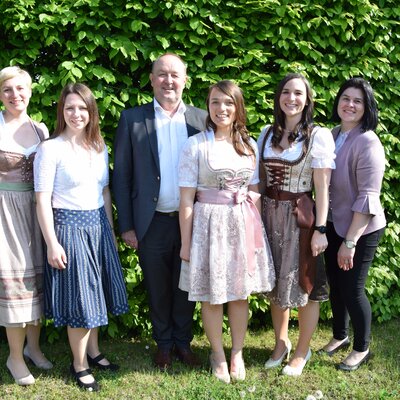
Urlaub am Bauernhof Niederösterreich
